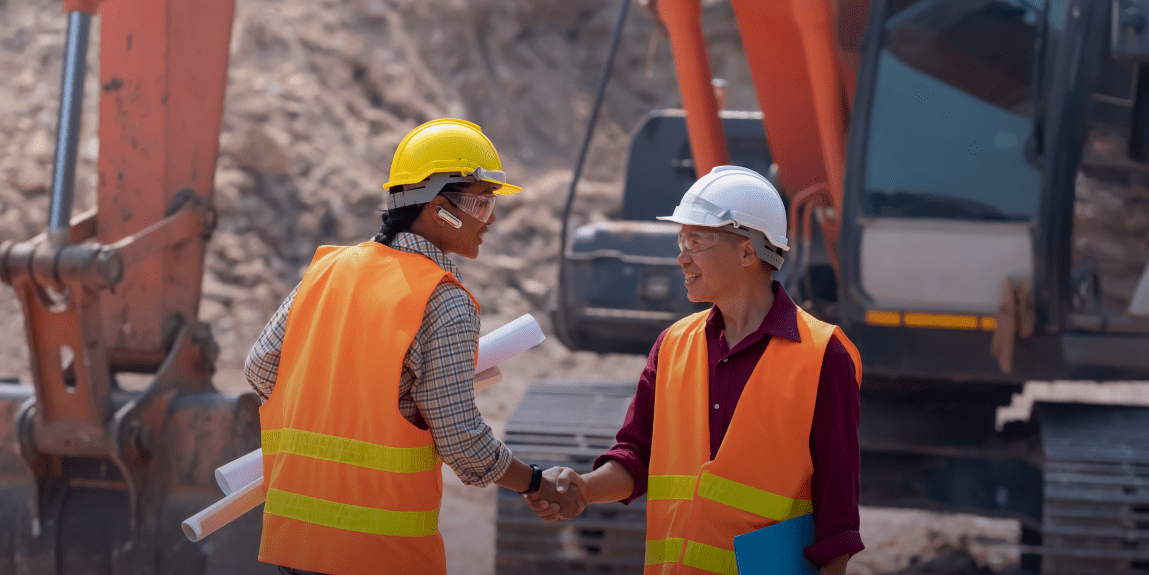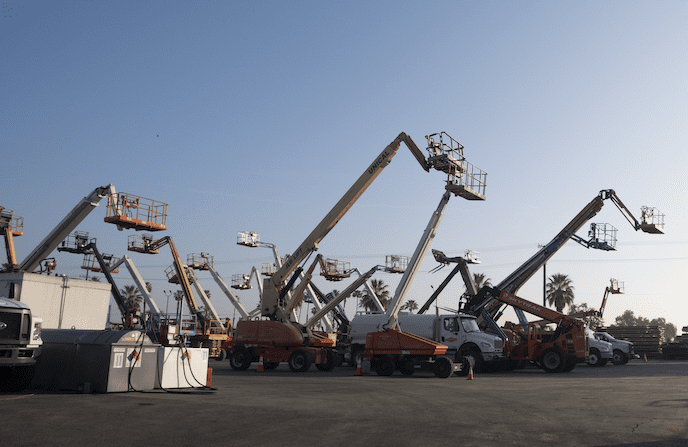

The past three-years has witnessed faster technological change in the off-highway vehicle construction rental market than the previous 20 years after the Covid pandemic lockdowns and the legacy of supply-chain disruption, incentivized a massive growth in OHV telematic capabilities.
OEM and third-party systems and service providers have led the digital transformation and developed a market where rental companies of all sizes can track and trace every machine they own, in their stock yards or on customer jobsites across our diverse region..
According to market researchers Report Ocean, the market will grow by 13.1% annually, to reach $6 billion by 2030. From OEM/dealer installed systems to after-market installers, telematics has removed the error-prone spreadsheet, fleet logs and tables and replaced them with a highly productive and tuneable digital solution.
Today, rental companies have the capability to gather and store data, as well as analyze and gain insights to optimize their fleets.
“Industry standards and open data protocols allow rental companies the ability to share specific datasets with customers, allowing them to right-size their OHV rental programs and minimizing OHV downtime on jobsites.”
With the Asia-Pacific Construction Market set to grow to $9.6 trillion by 2026, up from $6.7 trillion in 2021, according to Dublin, Ireland-headquartered Research&Markets, the growth opportunity for rental companies is expanding.

Telematics is providing the platform to fully understand whole fleet utilization and data dive on specific machine categories, customers, or even individual machines to discover, for example, out-of-contract use that could result in increased wear and tear leading to increased servicing and cost.
Covid was a tipping point in the acceptance of telematics across construction and rental markets, and the level of investment has increased year-on-year. Another legacy of Covid is the region’s continuing supply-chain disruption.
Prior to the pandemic, our region was a major market for US and European OHV OEM sales. Where currently lead times now often extend beyond 12 months, this has opened the market to the emergence of Chinese OHV OEMs. Together with increasing quality and Chinese-owned rental companies across the region, these regional OEMs have helped maintain, strengthen and accelerate the growth of construction.
Construction is an increasingly complex market, and therefore rental companies are among the leaders in adopting and developing disruptive market strategies. These can offer contractors and operators more insights in their OHV usage providing the platform to increase fleet utilization.
“Demonstrating data-driven approaches to fleet use can create savings in on-site fleet contracts, which translate directly to the site’s profitability.”
Digital Twin is a term more associated with buildings and sites, although OEM, rental and customers now view this as an important development in OHV ownership and use. An OEM created OHV Digital Twin provides the non-physical replica of the machine we can stand in front of and touch and feel.
The sensors within the machines physical presence, provide the data stream that when collected and analyzed, reveal whether the machine is operating in a fully functional manner and can highlight any variances from the pre-configured twin, ensuring machines are fit for use.
Regional governments, as well as private investment, has stimulated growth in infrastructure and private projects, while public awareness has brought climate policies to the fore. Construction projects are increasingly targeted to collect and report CO2 emissions, across the entire project site. Therefore, all machines that generate CO2 emissions must be reported and tracked, something we have already covered consistently and in depth at Trackunit in interview with key movers in the market like Denmark’s GSV as well as a piece on what construction might be able to take from the car dashboard to create a culture of ownership and responsibility among machine operators.
This reporting is progressing from low quality estimates to more recent data-led analysis of actual use as the state-of-the-art telematics solution providers push against the boundaries of what is possible. CO2 Emissions Reporting is essential and in many government projects, it has become a condition of the contract.
Instead of considering this as yet another insurmountable obstacle to business, rental companies are looking at this as an opportunity, offering customers value added services which could generate additional value and revenue.

Asia Pacific is a region of growth as we see from the market projects and daily conversations with OEMs, rental companies and contractors. It is a region that more readily accepts technology and the innovations that accompany it. The rental industry is an early adopter with leaders who understand that differentiation is a positive driver to take the market forward.
The last three years have seen rapid change. Don’t be surprised if the next three years delivers just as much, if not more.
Chi-Sen Gay will expand on this topic at the tenth International Rental Conference which takes place in Shanghai, China on October 23, 2023. The event is dedicated to the equipment rental industry in China and wider Asia and is supported by the International Powered Access Federation.

